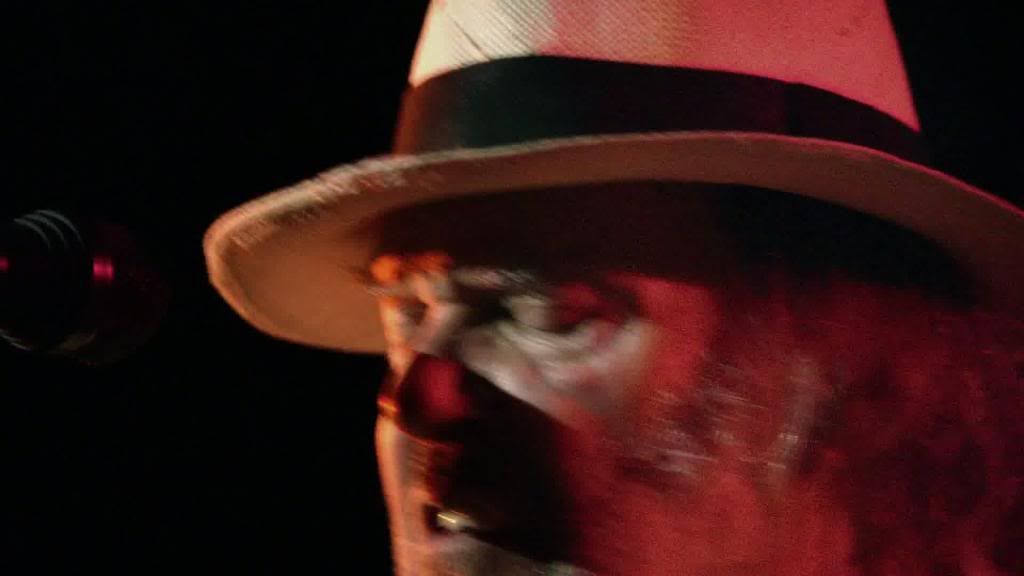“Until midnight music is a job, until four o’clock it’s a pleasure, and after that it’s a rite.” – Chris Marker
There are only indirect hints as to what Chris Marker liked and did beyond his films. In studying the world of this elusive director, every sign invites us to scrutinize it carefully. Marker appears in small details, such as the mix CD which one day arrived on my doorstep. If the address on the parcel hadn’t confirmed the sender as Tom Luddy, co-director of Telluride Film Festival and a close friend of Marker’s, I could have taken it to be Marker’s personal gift from the beyond.
The CD cover gave little away; underneath a photo of pianist Bill Evans was an illustrated image of the Markerian animal familiar Guillaume, a wise if mischievous-looking cat, holding sheet music, and the words ‘Joue pour Guillaume’ [Play for Guillaume].
There are only indirect hints as to what Chris Marker liked and did beyond his films. In studying the world of this elusive director, every sign invites us to scrutinize it carefully. Marker appears in small details, such as the mix CD which one day arrived on my doorstep. If the address on the parcel hadn’t confirmed the sender as Tom Luddy, co-director of Telluride Film Festival and a close friend of Marker’s, I could have taken it to be Marker’s personal gift from the beyond.
The CD cover gave little away; underneath a photo of pianist Bill Evans was an illustrated image of the Markerian animal familiar Guillaume, a wise if mischievous-looking cat, holding sheet music, and the words ‘Joue pour Guillaume’ [Play for Guillaume].




















